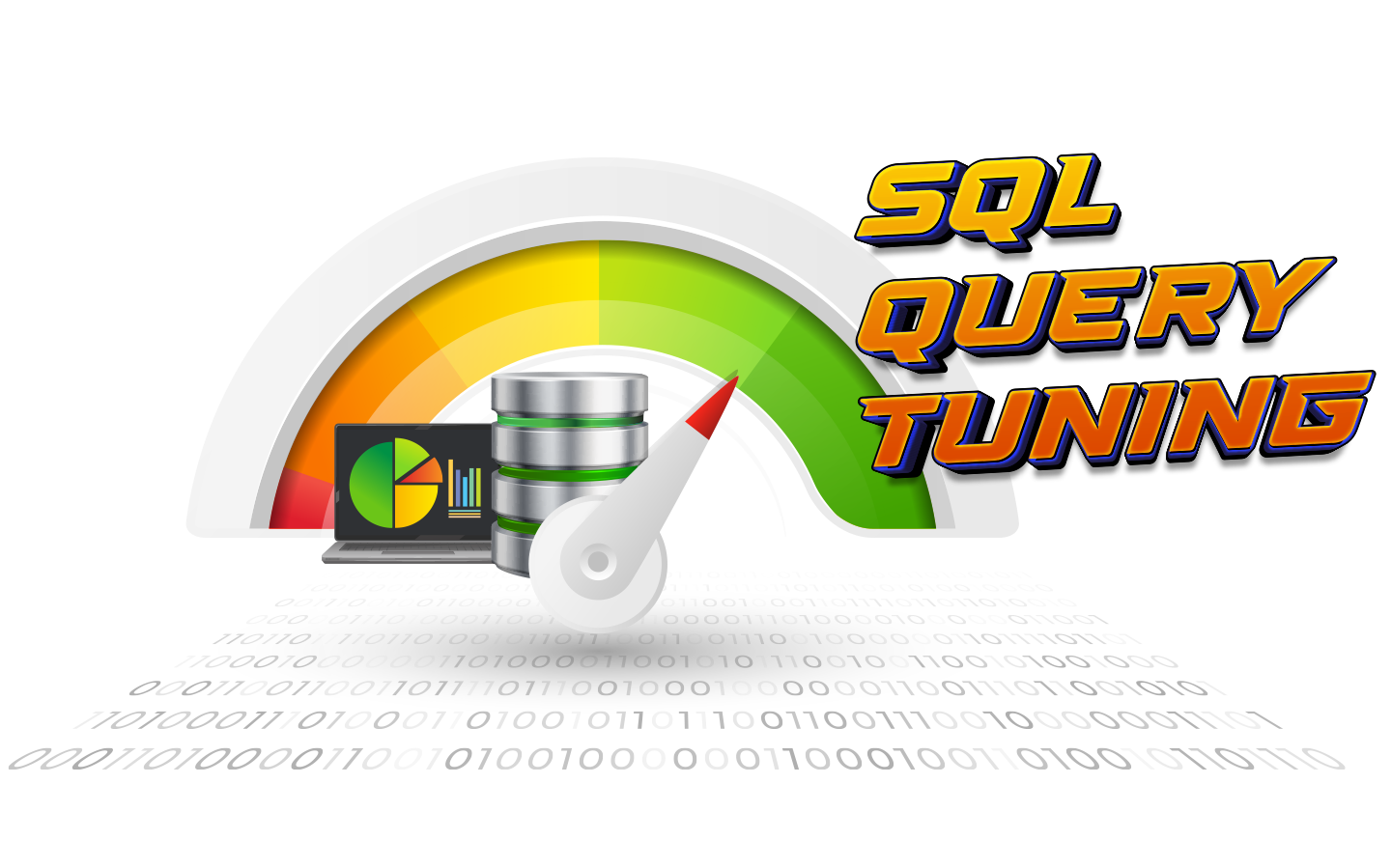SQL Server security is one of the most pressing priorities for organizations today.
Data breaches, unauthorized access, and misconfigurations expose sensitive information and create costly compliance risks. For DBAs and security teams, the challenge is finding ways to protect SQL Server environments without slowing down performance or disrupting availability.
In this blog, we will cover the essential strategies every team should know for securing SQL Server environments and staying audit-ready:
- Why SQL Server security has become a business-critical concern in the face of modern threats
- Authentication and access control best practices, including MFA, least privilege, and secure logins
- How to manage permissions and auditing to prevent insider threats and track user activity
- The role of encryption, patch management, and configuration hardening in protecting sensitive data
- Compliance requirements across HIPAA, SOX, and GDPR, and how SQL Server teams can meet them effectively
- Industry-leading security solutions that simplify visibility, automate risk alerts, and streamline compliance reporting
Why SQL Server Security Is a Business-Critical Priority
Protecting SQL Server environments goes beyond routine database management.
With sensitive data at stake and increasingly strict compliance requirements, security has become a board-level concern. Organizations that fail to prioritize SQL Server security face not only operational disruptions but also lasting financial and reputational harm.
Here are the core reasons why securing SQL Server must be treated as a business-critical priority:
- The rising cost of data breaches: SQL Server databases often store the most sensitive business information — from financial records to healthcare data. A single breach can lead to regulatory fines, reputational damage, and multi-million-dollar losses.
- The growing attack surface: Cloud adoption, remote access, and complex integrations have increased the number of entry points attackers can exploit. Misconfigurations, weak authentication, or outdated patches make SQL Server environments a prime target.
- Insider threats and privilege abuse: Not every risk comes from outside. Employees, contractors, or administrators with excessive permissions can accidentally or intentionally compromise data security. Proper access control and auditing are essential safeguards.
- Compliance as a driver of security: Regulations like HIPAA, SOX, and GDPR require strict controls over who can access data and how it is protected. For many organizations, staying compliant is not optional — it’s central to operating legally and competitively.
- Balancing protection with performance: DBAs and IT leaders often hesitate to apply stricter controls for fear of slowing down queries or affecting availability. The challenge is to implement SQL Server security measures that protect data without introducing unnecessary overhead.
How Do I Set Up SQL Server Authentication and Access Controls?
Strong authentication and precise access control form the foundation of SQL Server security.
Without them, even the most advanced encryption or monitoring strategies can be bypassed by a single weak login. Modern threats — from brute-force attacks to credential theft — make it essential to secure identity and permissions before anything else.
Why multi-factor authentication matters for SQL Server security
Passwords alone are no longer enough to defend against credential theft. Implementing MFA for SQL Server logins adds a second layer of protection. Whether through tokens, mobile prompts, or biometrics, MFA drastically reduces the risk of compromised credentials leading to unauthorized access.
Why Windows authentication stronger than SQL logins
SQL Server supports both SQL logins and Windows Authentication, but Windows Authentication offers greater security. It integrates with Active Directory, enforces centralized password policies, and supports Kerberos encryption. SQL logins should be used only when Active Directory integration is not possible.
How the principle of least privilege prevents privilege abuse
Every login should have the minimum permissions required to perform its role. Granting broad or permanent administrative rights invites privilege creep and insider threats. Regular reviews of accounts and roles help maintain tight control over access.
How to secure privileged SQL Server accounts
High-value accounts, such as sysadmins, require stricter controls. Limit their use, monitor activity closely, and enforce separation of duties where possible. Segmenting and auditing privileged accounts reduces the risk of catastrophic misuse.
By treating authentication and access control as the first line of defense, DBAs and security teams create a resilient foundation. When attackers are unable to gain unauthorized access in the first place, the overall burden on monitoring, auditing, and compliance efforts is significantly reduced.
Permission Management and Auditing to Monitor Every Action
1. Understand the difference between logins and users
SQL Server separates authentication (logins) from database access (users). A clear understanding of this distinction ensures that administrators assign rights at the proper level, avoiding excessive or redundant permissions.
2. Use fixed and custom roles strategically
Built-in server and database roles provide convenient grouping of permissions, but they can be overly broad. Creating custom roles tailored to business functions allows tighter control while simplifying management.
3. Apply the principle of least privilege consistently
Every role and account should be aligned with the minimum rights needed to perform a job. Privilege creep — the gradual accumulation of unnecessary rights — is one of the most common security gaps. Regular audits of role assignments prevent this risk.
4. Implement SQL Server auditing and extended events
Native auditing features track changes, access, and failed logins. Extended events provide deeper visibility into query activity and security-relevant behavior. These logs are key for detecting anomalies and building an audit trail.
5. Monitor and review activity on a schedule
Collecting logs is not enough. DBAs and security teams should establish a process for regularly reviewing audit data, setting alerts for unusual activity, and documenting findings for compliance purposes.
By treating permissions and auditing as an ongoing process rather than a one-time setup, organizations strengthen their defenses against insider misuse, maintain compliance readiness, and reduce the risk of unnoticed breaches.
Encryption, Patch Management, and Misconfiguration Defense
Even when access and permissions are tightly controlled, unencrypted data, unpatched systems, and weak configurations can expose SQL Server environments to serious risk.
Addressing these core vulnerabilities ensures sensitive information remains protected both at rest and in transit.
The risk of unencrypted data and the solution with SQL Server encryption
Without encryption, attackers who gain access to storage or backups can read sensitive information in plain text. SQL Server provides multiple encryption options: Transparent Data Encryption (TDE) to secure databases at rest, Always Encrypted to protect highly sensitive columns, and SSL/TLS to secure communications in transit. Implementing these measures ensures data confidentiality even if files are compromised.
The risk of outdated patches and the solution with disciplined patch management
Attackers often exploit known vulnerabilities in SQL Server and its underlying operating system. Delays in applying patches leave organizations exposed. Establishing a formal patch management process — including testing, deployment schedules, and rollback plans — ensures that updates are applied promptly without disrupting uptime.
The risk of weak configurations and the solution with security baselines
Default or misconfigured settings can create hidden backdoors. Features like xp_cmdshell or overly permissive firewall rules expand the attack surface. Following Microsoft’s recommended security baselines, disabling unnecessary features, and regularly running configuration checks with automated tools dramatically reduces exposure.
By combining encryption, timely patching, and configuration hardening, organizations close three of the most exploited gaps in SQL Server security. This layered approach strengthens defenses while keeping performance and availability intact.
Compliance Across HIPAA, SOX, and GDPR Without the Overhead
SQL Server environments are subject to some of the most demanding compliance requirements in business. From healthcare to finance to global data protection, the cost of noncompliance can far outweigh the cost of prevention. Yet many teams believe meeting these standards means endless manual effort and reduced database performance. The truth is, with the right controls in place, compliance can be streamlined without creating operational drag.
Myth: Compliance is only about passing audits
Reality: Compliance frameworks like HIPAA, SOX, and GDPR require continuous control, monitoring, and reporting. SQL Server security practices — such as access auditing, encryption, and user activity monitoring — not only prepare organizations for audits but also strengthen everyday security posture.
Myth: Meeting HIPAA, SOX, and GDPR slows down performance
Reality: When implemented correctly, security measures like TDE, Always Encrypted, and fine-grained auditing can be applied with minimal impact on performance. Modern tools help optimize overhead so DBAs don’t have to choose between compliance and uptime.
Myth: Manual reporting is unavoidable
Reality: Automated reporting and alerting tools eliminate the need for manual data collection during audits. SQL Server teams can generate compliance-ready reports that align with HIPAA, SOX, and GDPR requirements, cutting down preparation time while ensuring accuracy.
Myth: Compliance is a one-time project
Reality: Compliance is ongoing. Regulations evolve, threats change, and systems are updated. Continuous monitoring and automated controls make it easier to maintain compliance over time without overwhelming DBAs or security teams.
By reframing compliance as a process supported by the right SQL Server security practices, organizations can stay audit-ready, reduce risk, and protect sensitive data — all without creating unnecessary administrative burden.
Simplifying SQL Server Security with IDERA Solutions
Even the strongest security strategies can overwhelm DBAs and IT teams when they rely on manual monitoring, complex scripts, or fragmented tools.
IDERA simplifies SQL Server security by delivering visibility, automation, and compliance support in a single platform.
How IDERA helps audit, track & monitor user activity in real time
Gain deep visibility into who is accessing SQL Server, what changes they make, and when. IDERA’s monitoring tools track user behavior continuously, reducing blind spots and helping teams detect anomalies before they escalate.
How IDERA helps automate risk alerts
Instead of relying on manual log reviews, IDERA automates threat detection with customizable alerts, helping to minimize the time between detection and response.
How IDERA helps streamline compliance reporting
Audit prep doesn’t have to consume weeks of DBA time. IDERA generates compliance-ready reports aligned with HIPAA, SOX, and GDPR requirements, helping teams prove controls are in place while reducing audit fatigue.
With IDERA, SQL Server teams can secure sensitive data, meet compliance standards, and reduce risk — all without adding overhead or sacrificing performance.
Discover how IDERA helps you secure SQL Server environments, reduce compliance risk, and eliminate alert fatigue — all without enterprise-suite complexity.
Get your free demo today — no credit card required.
FAQ
How do I secure SQL Server from hackers?
Start with strong authentication (MFA + Windows Authentication), apply least privilege, encrypt data at rest and in transit, patch regularly, and monitor activity with auditing.
What is the best way to manage SQL Server permissions?
Use roles instead of direct grants, enforce least privilege, review permissions quarterly, and remove unused or dormant accounts.
Does SQL Server need encryption if it’s behind a firewall?
Yes. Firewalls reduce exposure, but data must be encrypted with TDE, Always Encrypted, and TLS to protect against insider threats, backup theft, and misconfigurations.
How do I audit user activity in SQL Server?
Enable SQL Server Audit or Extended Events to log logins, permission changes, and schema modifications. Forward logs to a SIEM and set alerts for unusual activity.
How can I prevent privilege abuse in SQL Server?
Limit sysadmin accounts, segment high-value accounts, apply least privilege, and monitor all privileged actions in real time.
How do I patch SQL Server without downtime?
Use rolling patching on clustered or Always On deployments, test updates in staging, and schedule maintenance windows with fallback plans.
What are SQL Server compliance requirements for HIPAA, SOX, and GDPR?
They require strict access control, encryption, auditing, and reporting. SQL Server teams must prove controls are enforced and generate audit-ready evidence.
How do I secure SQL Server backups?
Encrypt backups, restrict storage locations, rotate encryption keys, and regularly test restores to confirm integrity.
Is Windows Authentication more secure than SQL logins?
Yes. Windows Authentication leverages Active Directory policies and Kerberos. Use SQL logins only when AD is not an option.
What tools help automate SQL Server security?
Solutions like IDERA SQL Compliance Manager provide real-time monitoring, automated alerts, and compliance-ready reporting to reduce manual effort and improve audit readiness.








